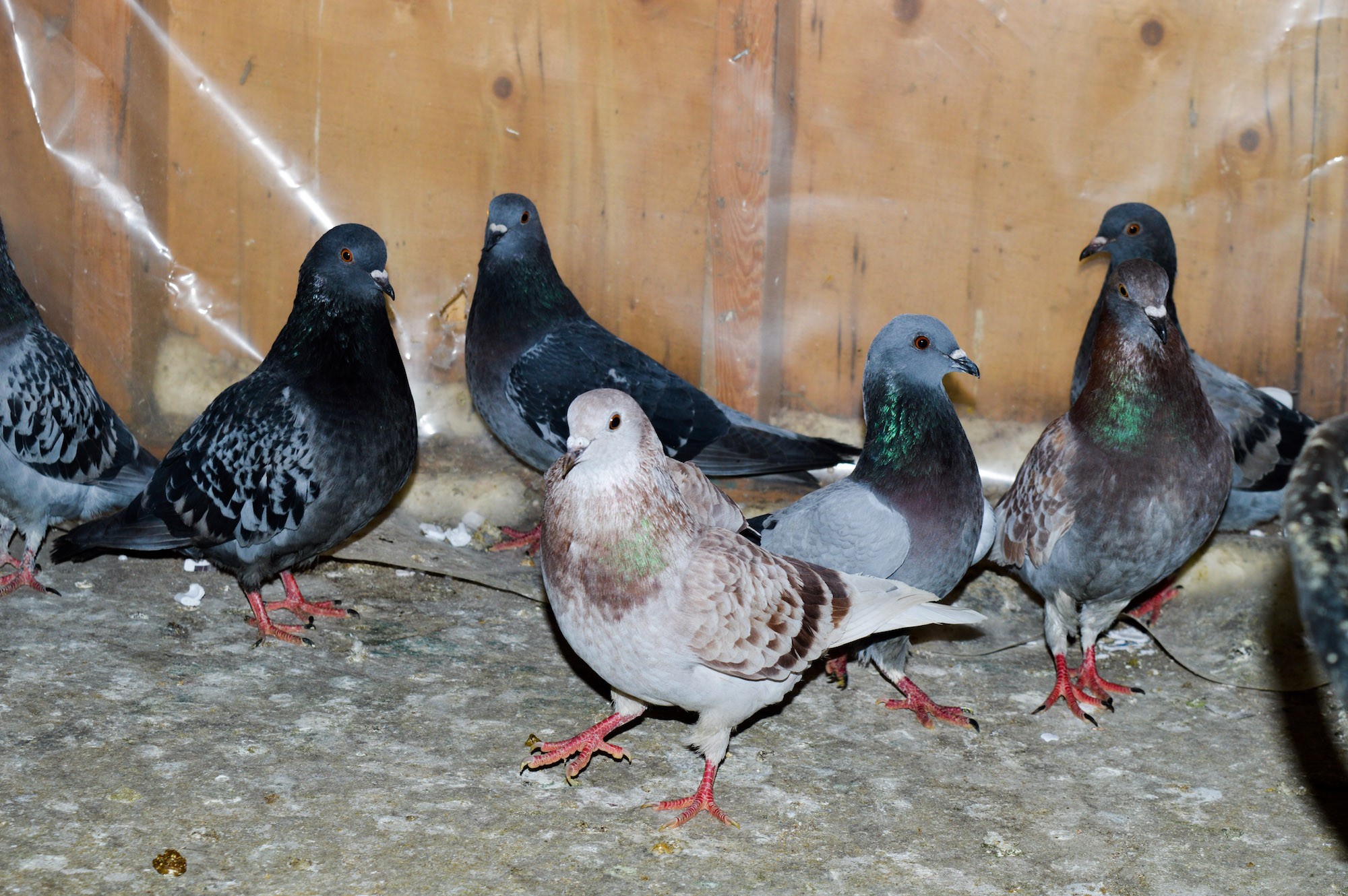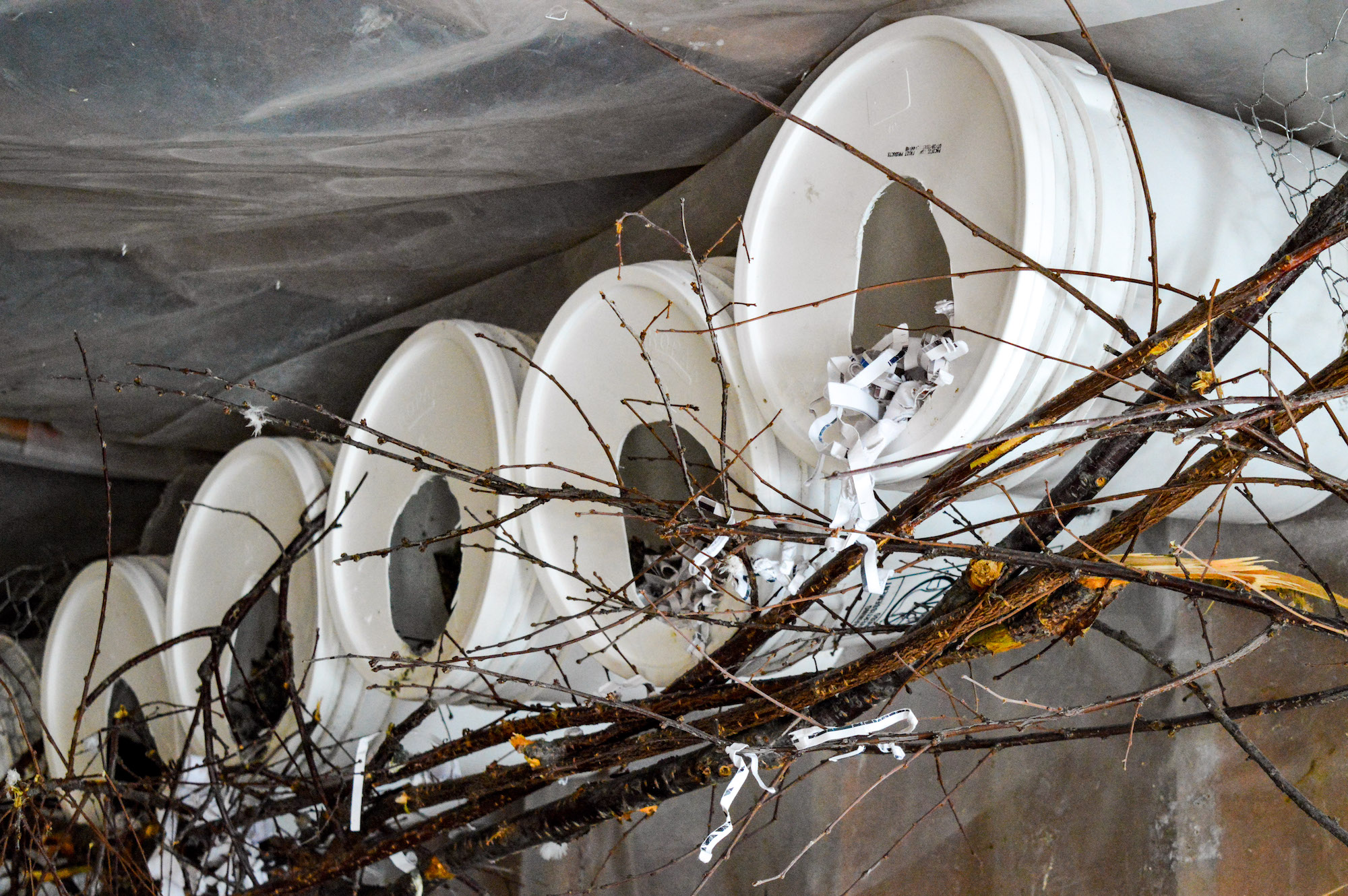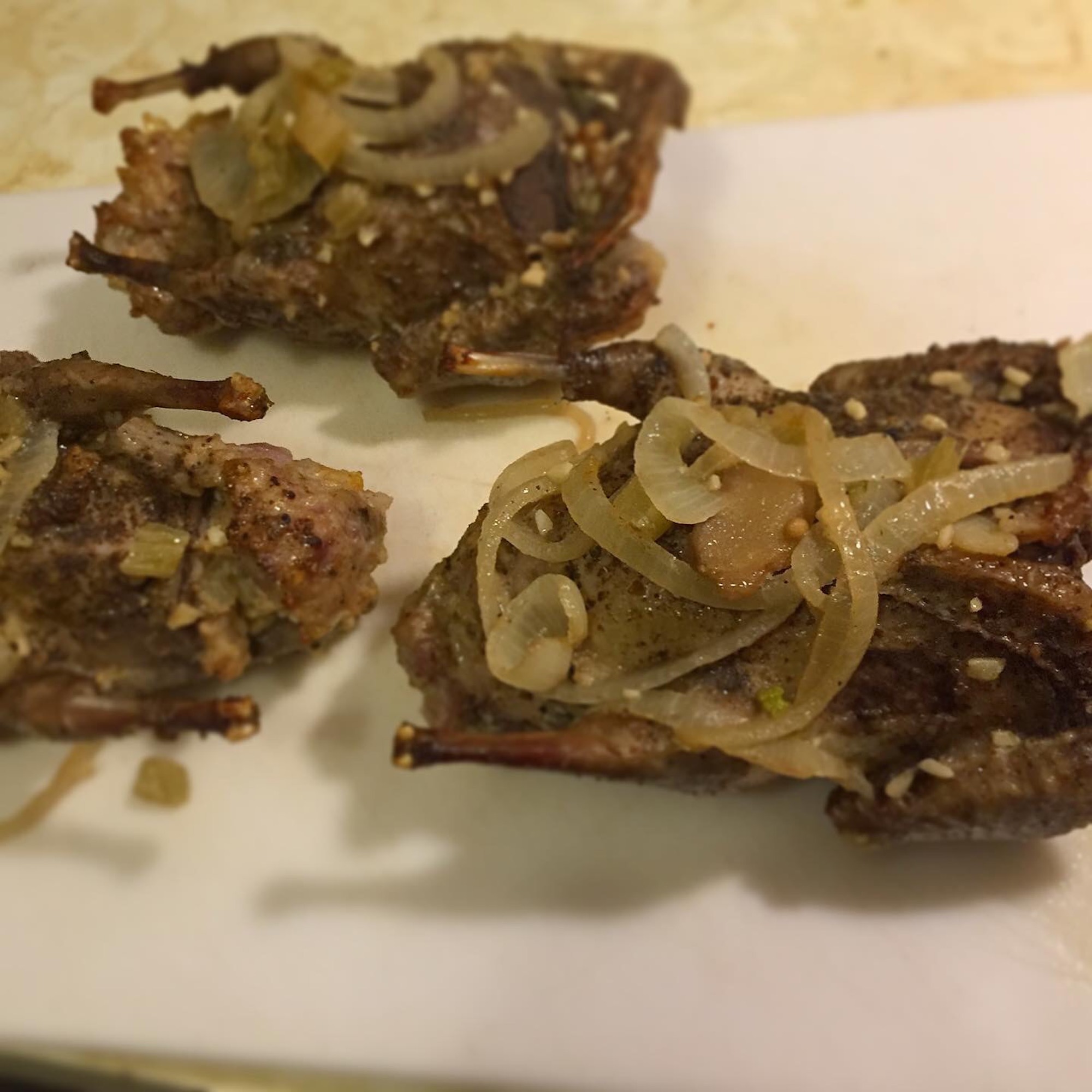This Guy Is Breeding City Pigeons for Affordable Food
Credit to Author: Sarah Ripplinger| Date: Wed, 12 Feb 2020 18:25:05 +0000
It was after he watched a guy roast a pigeon carcass over a spit on a survivor show that Calgary resident Curtis Fagan decided he wanted to try the bird for himself. He found out that squab, young domestic pigeons, is served by some North American restaurants—mostly fancy French or Chinese ones—and had seen many pigeons flying and cooing around his neighbourhood.
Considered pest animals by the city of Calgary, residents have carte blanche to catch and eat pigeons, so long as it’s done humanely and not with an illegal weapon. So late last year, the 37-year-old and his housemate headed down to the underpass near their home.
The pigeons there tended to “hide up in a little area and clump together,” said Fagan. “You hurl rocks at the crowd and whatever falls out is dinner.”
They brined and deep-fried their first pigeon meal. The homemade batter they tried wasn’t great, but the pigeon was fantastic, said Fagan.
“It tasted like the most smooth and luxuriant steak I’d ever had,” he said.
Having grown up in Prince George, B.C.—where hunting is commonplace—Fagan’s used to the idea of looking your food in the face. He helped butcher a moose as a kid and later worked in a butcher shop. Fagan said as an autistic person, he was further enticed by the allure of pigeon consumption and domestication because he found it slightly weird and very specific.

Fagan now has 17 pijums, as he calls them, including five breeding pairs, in his backyard garage—he had as many as 35 at one point. His pigeon loft is equipped with buckets, cardboard boxes inside cardboard boxes, grocery bags stuffed into spaces, hay, and branches. To keep them warm, he also lined their nests with “everything from dryer lint to paper that’s been through the washer, to my roommate’s beard when he shaved it off.”
When he first got them, “they definitely tried to escape a lot” through the door into the garage, admitted Fagan. “Now, they’re like, ‘This is home.’”

There’s nothing really new about what Fagan is doing. Pigeon domestication dates back as far as 10,000 years ago. Evidence of humans eating them can be traced to ancient Egypt and Mesopotamia. The ones you see in restaurants today—usually called squab—were likely butchered before their ability to fly toughened their meat, typically within four weeks after birth.
So why don’t more North Americans eat pigeons these days? Their association with garbage cans and fecal matter-encrusted awnings and ledges in cityscapes likely contributed to them losing the popularity contest to the domesticated chicken and other poultry.
“Not a lot of people are going to start eating urban pigeons; they just don’t look that appetizing, per se, because they’re in a dirty city just like we are,” Andrew Blechman, author of Pigeons: The Fascinating Saga of the World's Most Revered and Reviled Bird, told VICE.
“It’s an old hobby, but it’s kind of dying out because why raise pigeons, which is hard work but very gratifying, when you can just play Nintendo?”
There’s also concern that things they might eat could contain lead or other contaminants, although this probably isn’t an issue for squab you’d find at a restaurant or the pigeons Curtis nourishes with handpicked feed.
Plus utility squab weigh a mere pound or so. In comparison, chickens and ducks typically weigh five and eight pounds respectively. And unlike chicks and ducklings, which are born with their eyes open and can move around on their own and feed themselves within a few days, squabs require care and feeding from their parents for four weeks. This means an average pigeon breeding pair can rear around 12 to 14 squabs in a year, while a chicken can produce more than 100 fertilized eggs per year.
But for Fagan, it’s an opportunity to eat local—and for cheap. The new addition to his diet can save him up to $100 on food expenses in a month. That doesn’t include the $40 per month he spends on pigeon feed, which is a homemade concoction of bird seed, millet, oats, lard, lentils, brown sugar, and whey protein infused with calcium and other vitamins along with a smattering of spices. Upkeep time is around 20 minutes per day.
He uses traps and fishing nets to catch the ones he doesn’t want to eat right away, which includes hunting at a couple of local businesses with pigeon issues, he said. The pigeons he does kill get the Queen of Hearts treatment: "When it’s just personal consumption I will usually swiftly and mercifully remove the pigeon’s head after making it go to sleep,” said Fagan. “Basically, tuck their head under a wing and swing them around until they relax. They fall completely asleep and it ends before they can wake up."
Fagan aspires to launch a “Pijums, Rock Doves, and Squab” side gig to earn some cash. The goal there is to process around 100 to 300 pigeons per month, but he first needs to find a local slaughterhouse that can accommodate his small-batch needs or build his own. (Calgary’s business licence registry department wouldn’t licence the sale of meat from pigeons raised and slaughtered on a residential property.)
He’s also had to address some pushback from friends and acquaintances regarding his new way of life, although the neighbours have yet to complain.
“People went from ‘Uh, this is some Jeffrey Dahmer stuff,’ to ‘What does it taste like?’” said Fagan, who describes pigeon meat as being similar to duck or wagyu beef. Because it’s all dark meat, pigeon can be served rare.

After a bit of experimentation, Fagan recommends seasoning pigeon with salt, pepper, and sage. “You put a couple of onions or shallots and garlic inside the bird and stuff it with a bit of pork sausage. Roast it for 35 to 45 minutes at 350 F and it comes out medium-rare and tastes like steak.” Fagan often serves his pigeon with squash and root veggies on the side.
“A single bird is so much meal just because of how rich and oily the meat is.”
While he eats them on the regular, they’re also his pets. His favourite is Buddy Bird, whom Fagan caught as a juvenile runt. “He’s more or less domesticated now because he’s little and kind of a dork, and the other birds pick on him.”
“After a while, some birds are bigger jerks than the other birds,” he said. “It’s usually three or four out of a flock of 24, and you cook those guys first.”
Follow Sarah Ripplinger on Twitter.